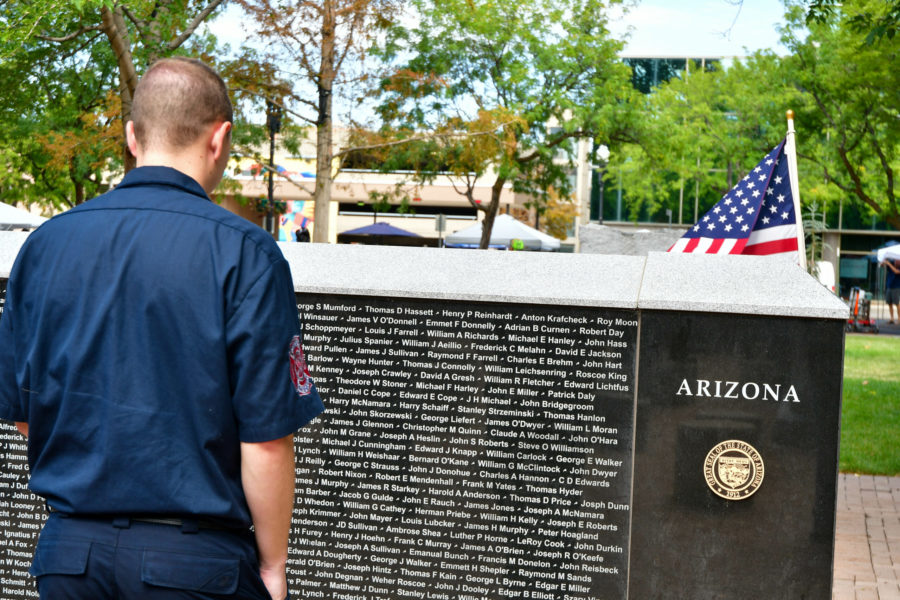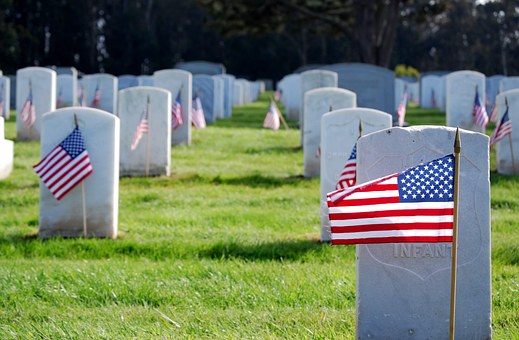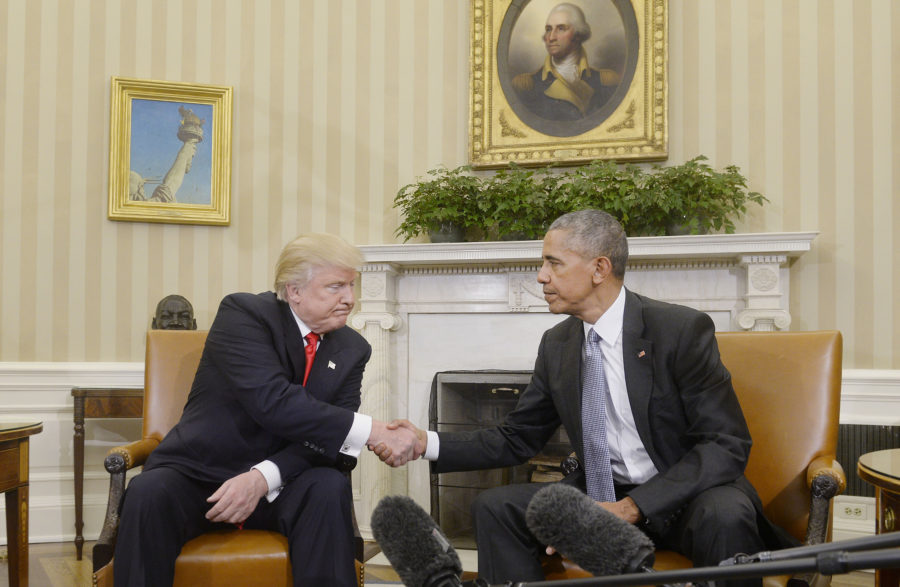As far back as the Civil War in the 1860s, tattoos and soldiers have become as common as eggs served beside bacon. But a new uniform policy, awaiting a signature from Secretary John McHugh, would restrict new recruits from displaying their ink.
The new policy would ban all tattoos visible below the knee and elbow and above the neckline for any new U.S. Army recruits. Current servicemen and women may have their existing tattoos grandfathered in, but all soldiers are prohibited from having sexist, racist or extremist tattoos.
Soldiers must also foot the bill of having these prohibited tattoos removed out of their own pockets. Changes to Army Regulation 670-1, the grooming and appearance policy, which also include uniform and boot standardizations, could become official in 30-60 days.
This policy will only affect the Army, as other branches of the military have their own appearance and grooming rules.
Current soldiers couldn’t join the armed forces with extremist, sexist and racist tattoos anywhere on the body, or with tattoos or brands on the head or face.
Although we agree that sexist and racist tattoos should have no permanent place on anyone who serves and represents our country on the world stage, we think the current tattoo and grooming policy for the U.S. Army was sufficient.
While the Army was trying to recruit soldiers for the Iraq and Afghanistan wars, the visible tattoo policy was loosened, and soldiers inked up. The Army is now downsizing, which is arguably why a new policy is being put in place.
To ink or not to ink is one of the choices we as Americans get to make. We have this choice because of our brave men and women who fight for freedom. They, in turn, should also be free to make their own choices and still be able to fight for our country.
A long tradition of commemorative body art in the Army will end with this new policy. For some servicemen and women, a tattoo with a fallen soldier’s name immortalized on their calf or forearm is a way to never forget their friend’s human sacrifice.
We think that if a uniform can cover up a soldier’s appropriate tattoo, then a tattoo should be able to be placed below the elbows and especially below the knees. If the tattoo is out of site, then it is out of mind.
Many soldiers are living paycheck to paycheck, and asking them to pay for the removal of their previously “acceptable” tattoos is the wrong way to handle the situation. Tattoo removal is not only more painful than getting inked in the first place, but it is also expensive.
We understand that visible tattoos can take away from the uniform appearance the Army is after, but the Army shouldn’t judge a person by his or her appearance. Soldiers should be judged by the contents of their character and their actions in the face of combat.




















